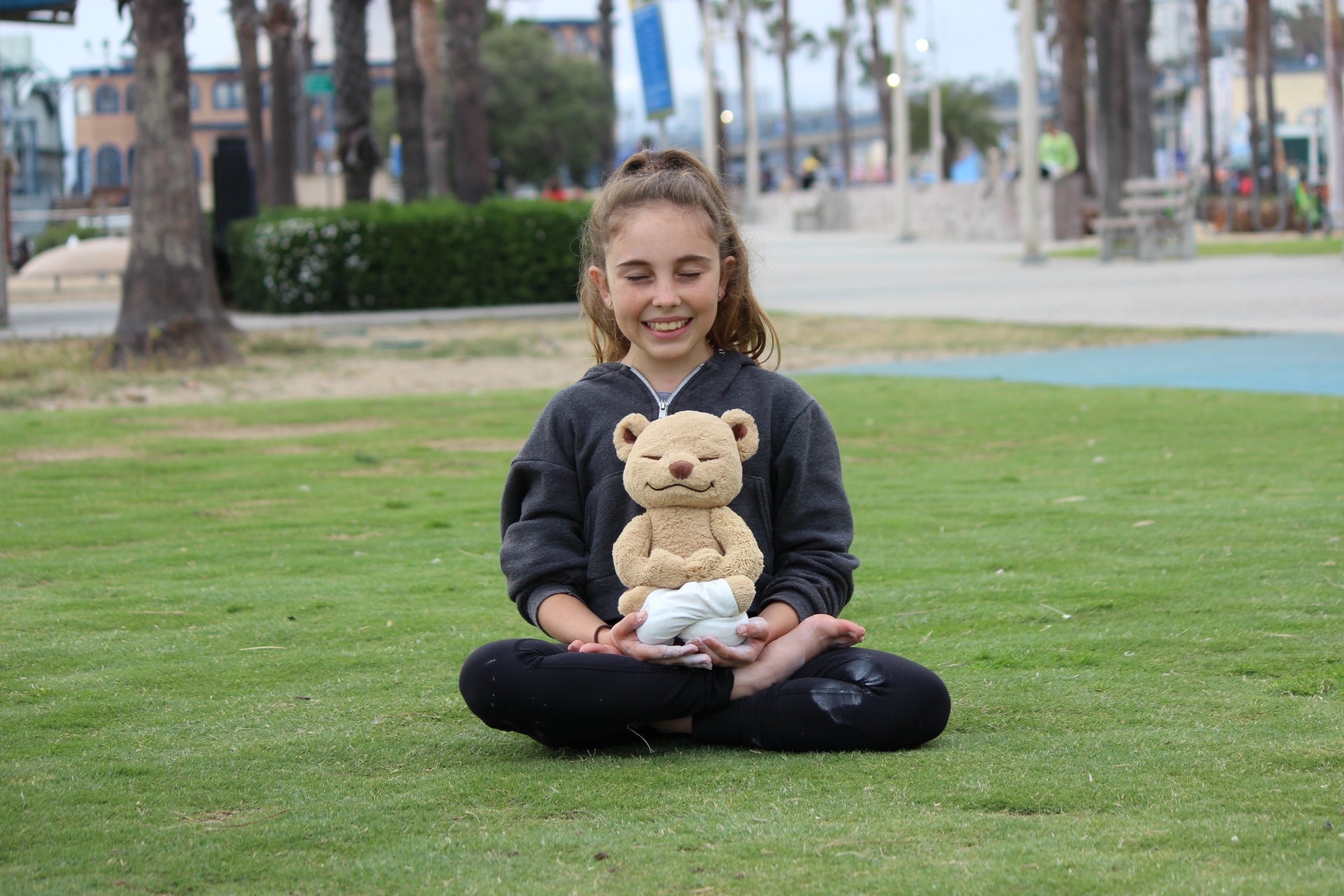Learn How to do Lotus Pose
Prep Your Hips
Since this pose requires a good amount of flexibility, be sure to incorporate plenty of hip-opening poses into your regular practice before trying Lotus.
Benefits of Lotus Pose
Lotus Pose is traditionally known to calm the mind and prepare the practitioner for deep meditation. It also stretches the knees, ankles, and hips; and strengthens the spine and upper back. This pose also increases circulation in the spine and pelvis, which can help to ease menstrual discomfort and distress in the female reproductive organs.
According to the Hatha Yoga Pradipika, a yoga manual written in the 14th century CE, Lotus Pose is the "destroyer of all diseases." Ancient texts also claim this pose awakens Kundalini, the divine cosmic energy that brings forth self-realization.
An ancient meditation chant ("mantra" in Sanskrit), "Om Mani Padme Hum,” roughly translates to "Hail to the jewel in the lotus." It is believed in some traditions that chanting this mantra while in Lotus Pose will purify, liberate, and unite the mind, body, and spirit.
Lotus Pose
Lotus Pose is perhaps the most recognized yoga pose today, even by people who don't practice yoga. It is considered by many to be the "classic" yoga pose. Lotus is often used for meditation, and many yoga classes begin or end with this pose. Source Yoga Outlet


However, Lotus Pose is an advanced pose that is not suitable for those who are new to yoga. Be sure to try alternative seated positions, such as Easy Pose (Sukhasana), if you are a beginner or if you have less flexibility in your lower body.
The Sanskrit word for this pose, "Padmasana" (pahd-MAHS-uh-nuh), is named after the lotus flower, or "padma." In the full position, your legs become like the petals of a lotus flower, gently dropping open.
.
Instructions
- Sit on the floor with your legs extended, spine straight, and arms resting at your sides. This is Seated Staff Pose (Dandasana).
- Bend your right knee and hug it to your chest. Then, bring your right ankle to the crease of your left hip so the sole of your right foot faces the sky. The top of your foot should rest on your hip crease.
- Then, bend your left knee. Cross your left ankle over the top of your right shin. The sole of your left foot should also face upwards, and the top of your foot and ankle should rest on your hip crease.
- Draw your knees as close together as possible. Press your groins toward the floor and sit up straight.
- Rest your hands on your knees with your palms facing up. Bring your hands into Gyan Mudra by creating a circle with each index finger and thumb, keeping the rest of the fingers extended.
- Soften your face and bring your gaze to your "third eye," the space between your eyebrows.
- Hold for up to one minute, or for the duration of your meditation or pranayama practice.
- Release the pose by very slowly and gently extending both legs along the floor in Staff Pose. Repeat the pose for the same amount of time with the opposite leg on top. Release the pose, and then rest in Corpse Pose (Savasana) for at least five minutes.
Source Yoga Outlet and Meddy Teddy









